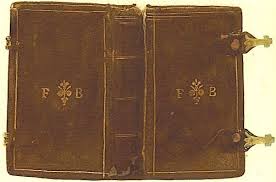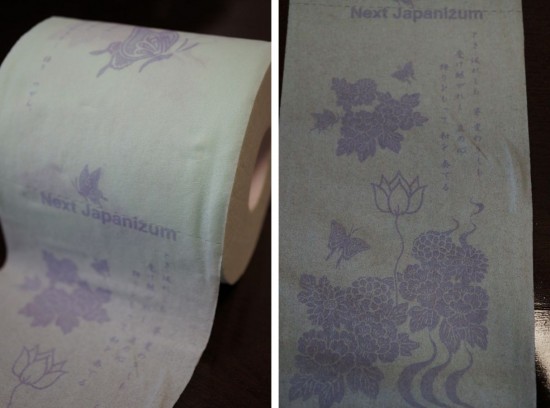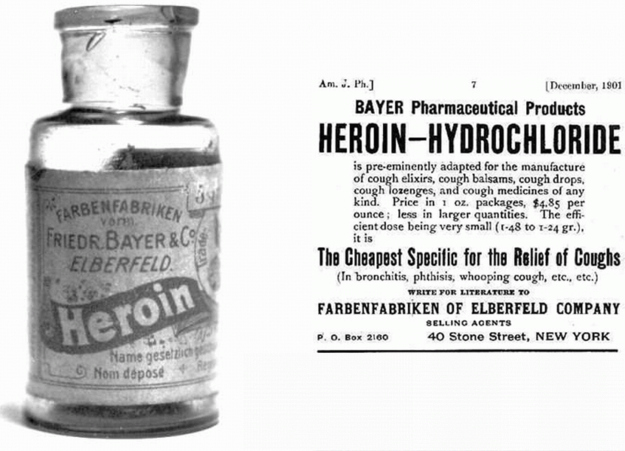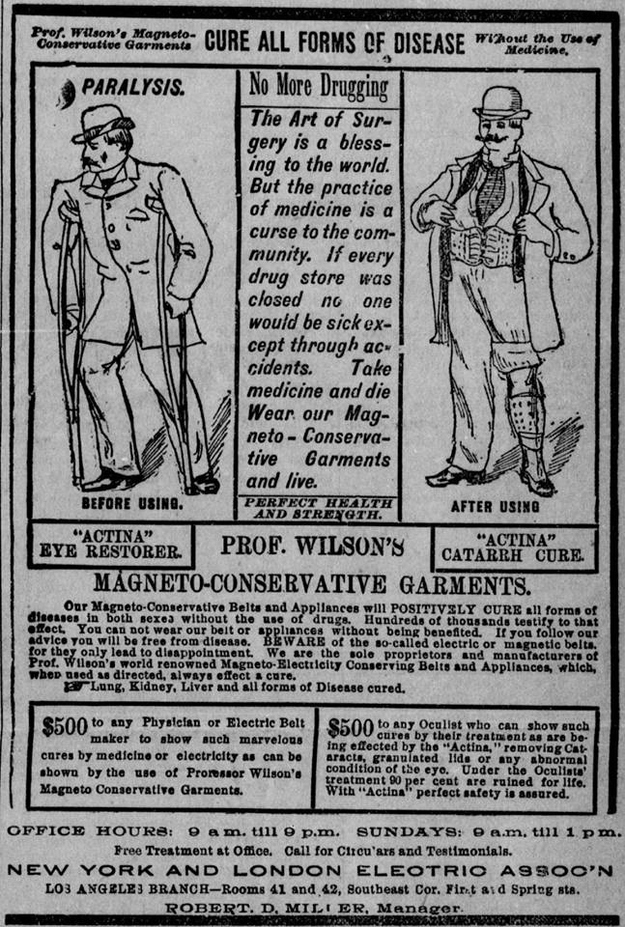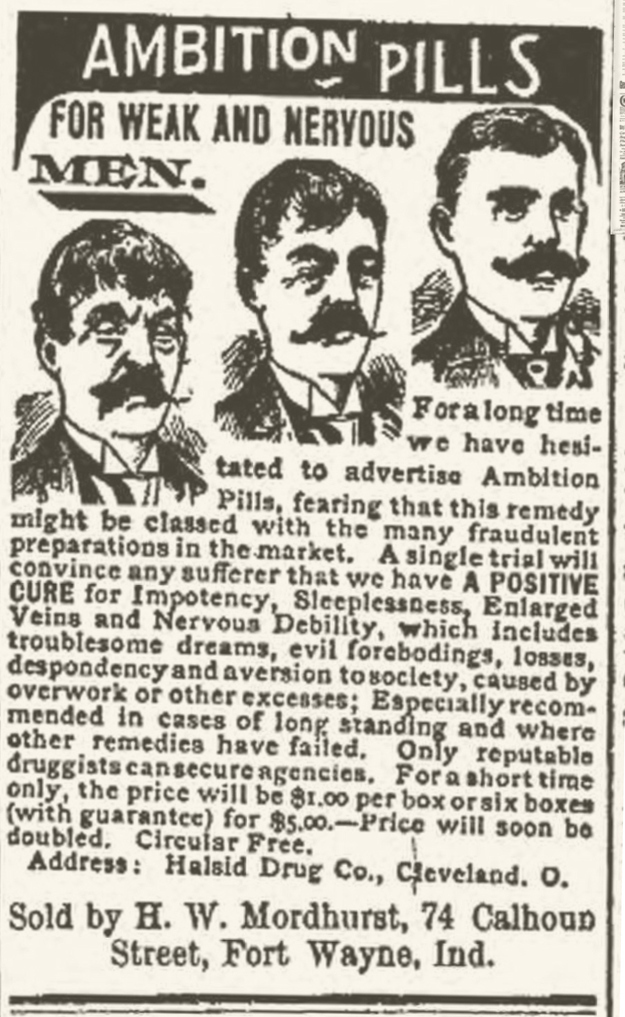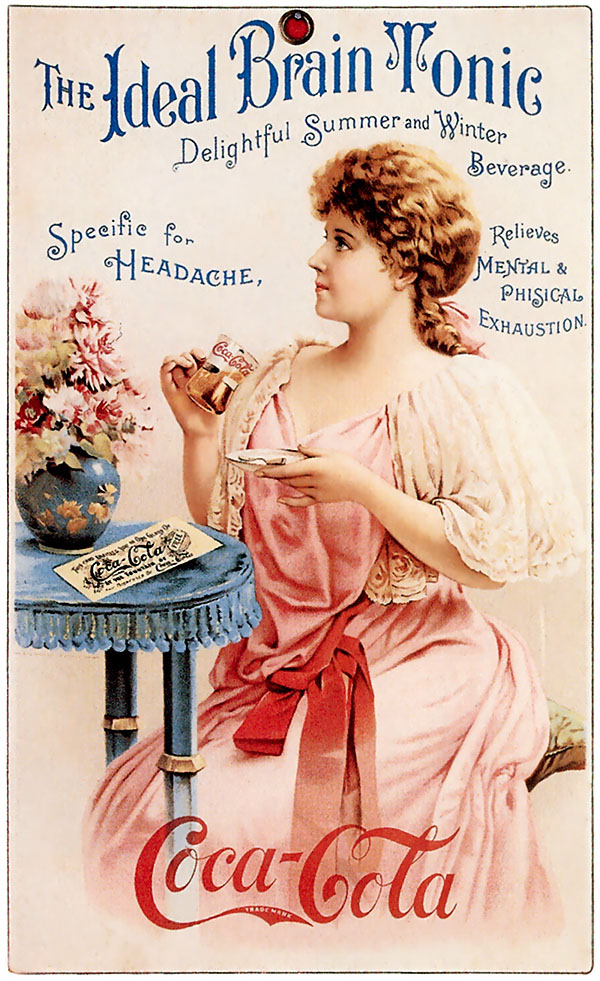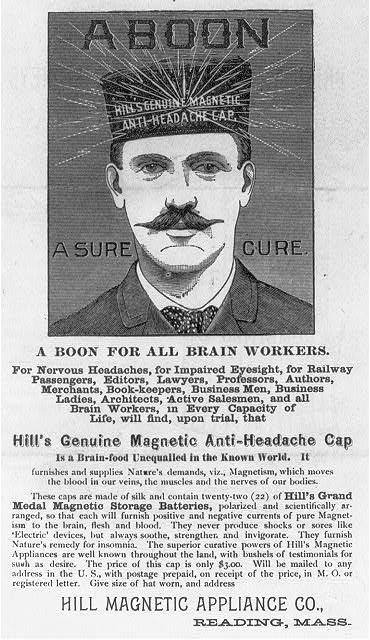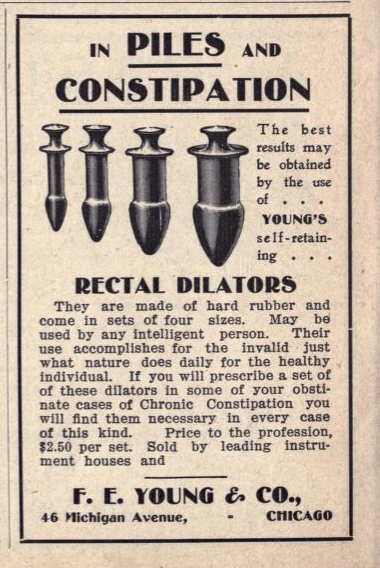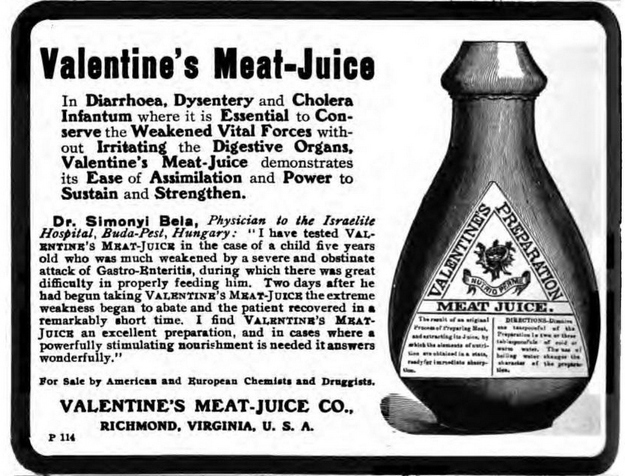Monthly Archives: November 2013
Record-Making Book Sale
Tuesday night at Sotheby’s auction house in Manhattan, one of the 11 surviving copies of the Bay Psalm Book, the first book printed in English in America, and the first book of Scripture, was sold for the highest price ever recorded for a print book in open sale, $14.2 million, for a bid of $12.5 million, plus fees.
That price was a million dollars more than the $11.5 million paid for the previous record-holder, John James Audubon’s “Birds of America,” in 2010.
The psalm book was purchased by the private equity fund founder and philanthropist David Rubenstein, who called in his bid from Australia. According to Sotheby’s auctioneer David Redden, who gaveled down the sale in two and a half minutes of bidding, Rubenstein, a well-known antiquities buyer and donator, intends to loan the ancient Puritan hymnal to libraries around the country, eventually putting it on long-term loan to one of them.
The buyer of the Bay Psalter wasn’t present in the hall, but the seller was. The Rev. Nancy Taylor, senior minister and CEO of Old South Church in Boston, stood smiling next to the 4-inch-by-7-inch psalm book, nestled in velvet in a tall rectangular case.
“It’s fantastic,” she said. “We’re just delighted. This means the world to us in terms of the continuation and the building up of our ministries in Boston.”
Rubenstein, a co-founder of the private equity firm the Carlyle Group, whose worth Forbes has estimated at $2.5 billion, has given away tens of millions, if not more, in philanthropy, and is famous for buying important copies of iconic documents such as the Magna Carta, the Declaration of Independence and the Emancipation Proclamation and loaning them to branches of the federal government.
He is also a large benefactor for Duke University, which renamed its special collections the David M. Rubenstein Rare Book & Manuscript Library.
Rubenstein edged out a $12 million dollar pre-set bid by Steve Green of Oklahoma City, scion of the billionaire Green family, owners of the 500-store Hobby Lobby chain.
The Bay Psalm Book has been referred to as “a crown jewel” and “the icon of American printing.” It is also a landmark in American faith, or one of its strongest colonial strains. Like all good Calvinists of the time, the Bay Colony Puritans revered the entire Bible, but after the sermon, the most important part of every church service was unison psalm singing. Since the colony was a theocracy, that meant hymnals for all its citizens. Their first run was about 1,700 copies.
Of those, there are now only 11 left. Since almost all belong to blue-chip institutions that will never need to put them up for resale, the copy sold on Tuesday could well be the last Bay Psalm Book ever to hit the open market. Given the laws of supply and demand there was every expectation that the bidding would beat the record.
Early Roman Uses for Urine
Ancient Romans lived a life filled with luxuries and beautiful churches. Their tastes and lifestyles were lauded by the entire race. Their dressing senses, drinking choices and architectural acumen paved the way for the modern Italy. But some of their habits were bizarre too.
The evolution of laundry superficially appears to be listless. Science was nascent when the ancient Romans lived. Not only weren’t there machines, there were neither detergents nor soaps. But, the tendency to wear clean clothes was valued. Then, what did they use to wash the clothes? Urine. Not only that, urine also doubled up not just as a detergent but also as toothpaste and mouthwash.
Soap was not used as a detergent until several centuries later; however, the cleaners who were tasked with doing laundry discovered urine contained a natural cleaning agent, ammonia. Turns out, urine can actually make your whites whiter and colors brighter, as a result of that natural whitening agent. Give it to the ancient Romans to discover this that many years ago.
The process for obtaining the urine was rather interesting in itself. The cleaners, mostly slaves and young boys, would place urine vessels on street corners for people to publicly relieve themselves. When the vessels were full, they were then carried back to the cleaning areas known as fullonica. The urine was diluted with water and the clothes were soaked in the mixture. After the clothes were cleaned, they were rinsed again to get the urine stench out of them.
Meg Hutchinson – Only Just Begun
From her new CD, “Beyond That,” the first video release.
Something to Ponder
World’s Most Luxurious Toilet Paper
If you’ve recently run out of things to spend your mountains of cash on, you may want to try the outrageously expensive Hanebisho toilet paper. It’s considered the most luxurious and most expensive toilet paper in the world.
For people who feel their derrière deserves the best money can buy, there’s simply no alternative to this beautifully adorned work of art. A three-pack of Hanebisho will set you back $51, while the eight-pack can be yours for ‘just’ $102, which means a single roll ranges from $13 to $17. That’s a whole lot more than what the average person spends on toilet paper, not to mention the darned thing is just 2-ply. At this stage, you’re probably wondering what on Earth makes Hanebisho toilet paper so special that people are willing to spend a small fortune on it? Where do I begin?
First of all, Hanebisho paper is made only with the highest quality wood fiber pulp imported from Canada, and treated with water from the clearest stream in Japan, the Nyodo River (which ranked first in the 2010 Japanese National River Water Quality Ranking). The production process is similar to that of pancakes – if the heat from the burner is too high, the bottom will burn and the middle will be dry, so to make sure each Hanebisho turns out perfectly soft, the toilet paper is dried more slowly than usual methods to make it nice and fluffy. The production process is adjusted for temperature and humidity on a daily basis, so no two days’ production methods are the same. Once the paper is ready, the maker of each roll writes their name and date of production on it, before sending it to the company president for inspection. For the last 10 years, he has tested every Hanebisho roll on his own skin to make sure it fits the set standard of quality. The rolls are then sent to the design department, where “the most fastidious of fastidious artisans” decorate them with intricate patterns, ensuring that the design remains stylish no matter where the toilet paper is torn. Sounds pretty impressive, right? But wait, there’s more.
The packaging of Hanebisho is just as amazing as the product itself. Each roll is carefully wrapped in Tosa washi (a special Japanese paper from Kochi Prefecture) and placed in decorative boxes handmade by Kyoto artisans. The inside of each box is covered with sliver leaf. According to the Hanebisho website, the toilet paper is “the ultimate in softness and Japanese modern design” and feels “as if your skin is being gently swathed in silk”. But don’t take their word for it, the luxurious product has apparently been presented to the Emperor of Japan for five years, so if it’s good enough for his royal behind, you’re bound to love it yourself. Client testimonials on the website sound very impressive as well: “I gave my father Hanebisho for a Father’s Day present. He thought the wrapping paper and toilet paper itself were so beautiful he put them on display in the living room! He looked very happy,” one satisfied customer writes.
Only 150 Hanebisho toilet paper rolls are produced each day.
This Sure is the Truth
America’s First Serial Killer Was a Woman
The legend of Lavinia Fisher has been told and retold for the last 120 years.
She was born around 1793. Fisher is usually recognized as the first American serial killer, although there were undoubtedly others before her. The number of victims under her belt still remains unknown.
John and Lavinia Fisher owned an inn, the Six Mile House, on a lonely road outside of Charleston, South Carolina. The building was well maintained and was a welcome sight to weary travelers, but it was rumored that sometimes guests checked in and did not check out.
Fisher is said to have served tea to guests that would put them asleep for a few hours and when they woke up, if they did, they would find themselves in a pit with spikes at the bottom. There was a lever that was allegedly pulled to drop on victims as they slept and down under they would be sent.
One night a fur trader named John Peoples stopped at the inn and was warmly greeted by the Fishers. The beautiful Lavinia Fisher was especially friendly. Peoples thought the Fishers were being a little too friendly and, suspicious of their intentions, he went to bed early.
People’s suspicions grew and he could not sleep. He decided not to lie in the bed but to sit in the corner facing the door so he could see if anyone came in to attack him. His suspicions were confirmed when a trapdoor sprung, dropping the bed into the cellar where John Fisher was waiting with an axe. Peoples escaped and hurried back to Charleston to tell the authorities. John and Lavinia were arrested and their property searched. The human remains were found, including many bodies in a lime pit in the cellar under the trap door. The Fishers were convicted of murder and sentenced to hang.
The unrepentant, Lavinia Fisher went to the gallows in 1820 wearing her wedding dress. John Fisher pinned all the blame on his wife, but he was hanged along with her. Lavinia’s ghost now haunts the Old Jail on Magazine Street in Charleston as well as the Unitarian Cemetery.




